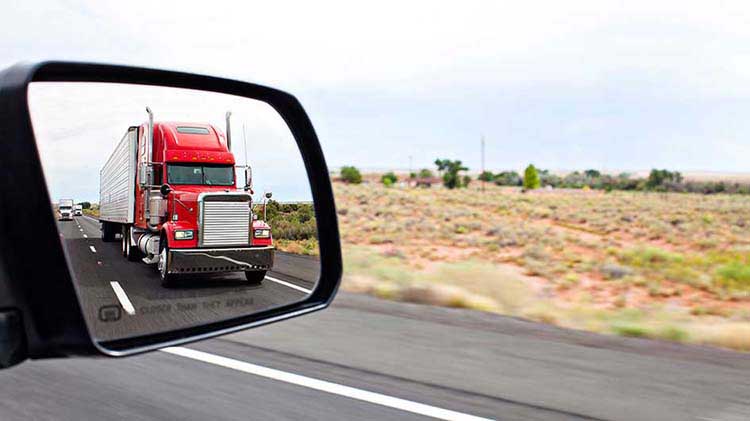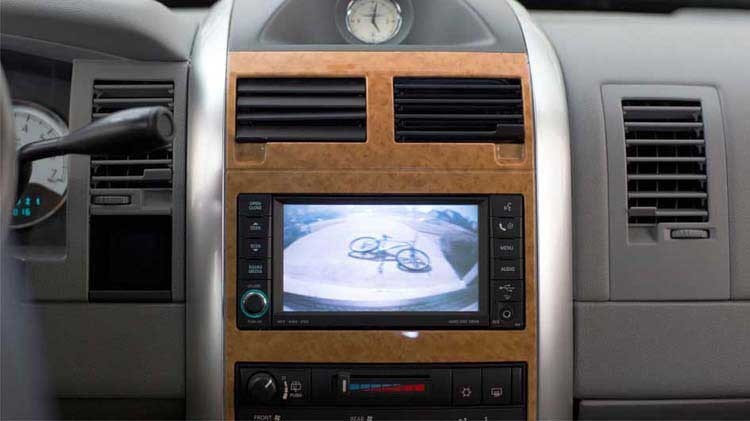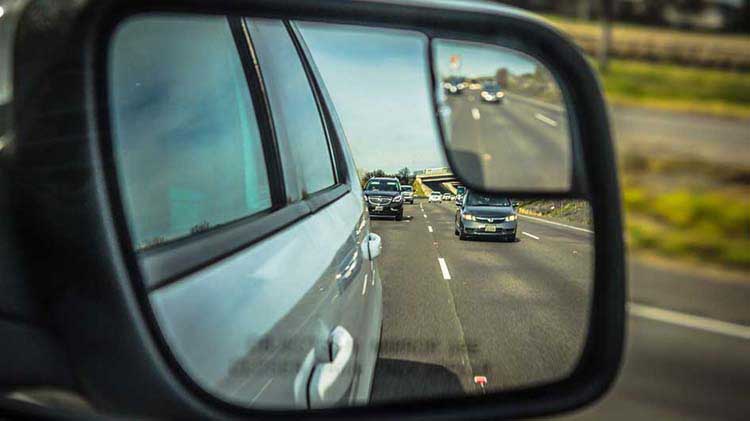Safely share the road with large trucks
Sharing the road with big trucks can be nerve-racking. Here are some safety tips to consider.
Do you clutch the wheel a little tighter as you pass a semi or other large trucks? You're not alone. Semis and large trucks navigate the roadways differently than other vehicles. Learning what they need — and what you can do — can help you safely share the road with large trucks.
What's different about driving large trucks or semis?
Drivers of heavy trucks face a few difficulties on the road, including:
- Reduced field of vision. Truck drivers have multiple blind spots on both sides, in front of and behind their trucks.
- Longer stopping time. A large truck's size and weight increases its stopping distance. For example: If large trucks are going 65 miles per hour, they could need up to 525 feet — nearly the length of two football fields — to stop.
- Slower reactions. Most vehicles can merge quickly. Large trucks can't due to their size.
- Wind vulnerability. Semis have a lot of surface area, making them harder to control when the wind picks up.
- Wide turns. Large trucks need plenty of room to make turns — especially right turns.
- Backing up. Some semis may not have the luxury of a backup camera. Instead, drivers rely on experience and their side mirrors. If you are near a semi or large truck that is backing up, give them space and allow them to comfortably maneuver.
What you can do
Follow these tips to safely share the road with large trucks:
- Pass safely. It's recommended to pass on the left (the blind spot is smaller on this side) and maintain a steady speed.
- Give them space. Keep a safe following distance — four seconds or more — between you and large trucks to help avoid dangerous situations, such as sudden stops (and subsequent rear-ending), a truck rollover in high wind, a tire blowout (which may go into your lane) or a wide truck turn. Note: If you can't see the trucks' mirrors, the driver most likely can't see you.
- Be aware. Don’t let yourself drive distracted by changing the radio, eating or talking with passengers. Keep your proximity to large trucks in mind as you share the road.
- Avoid driving when tired. Drowsy driving is a common cause of accidents.




